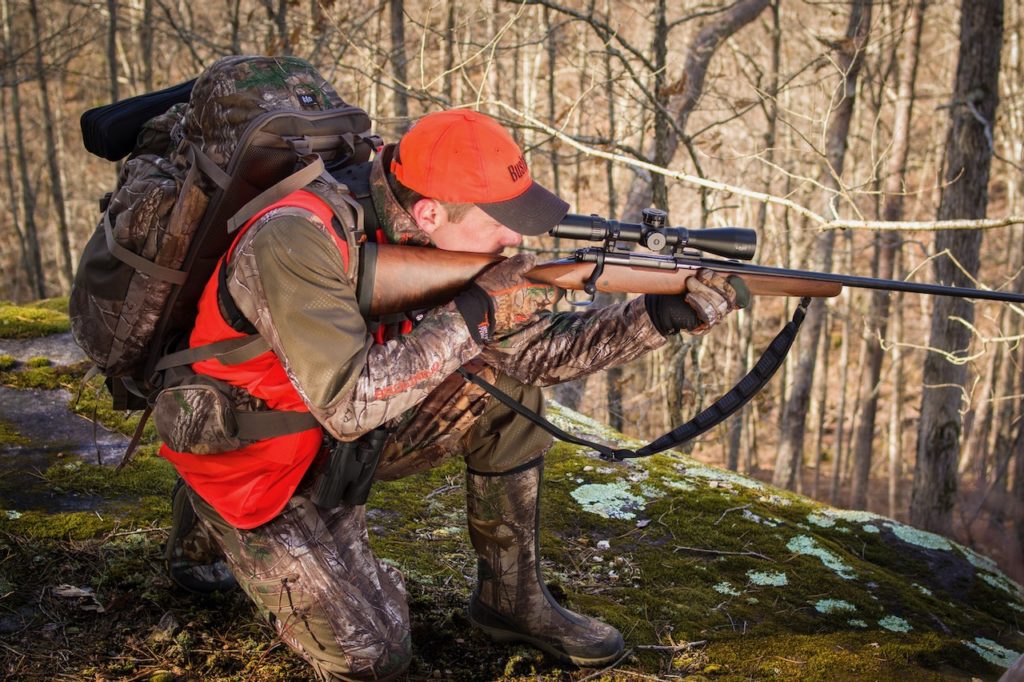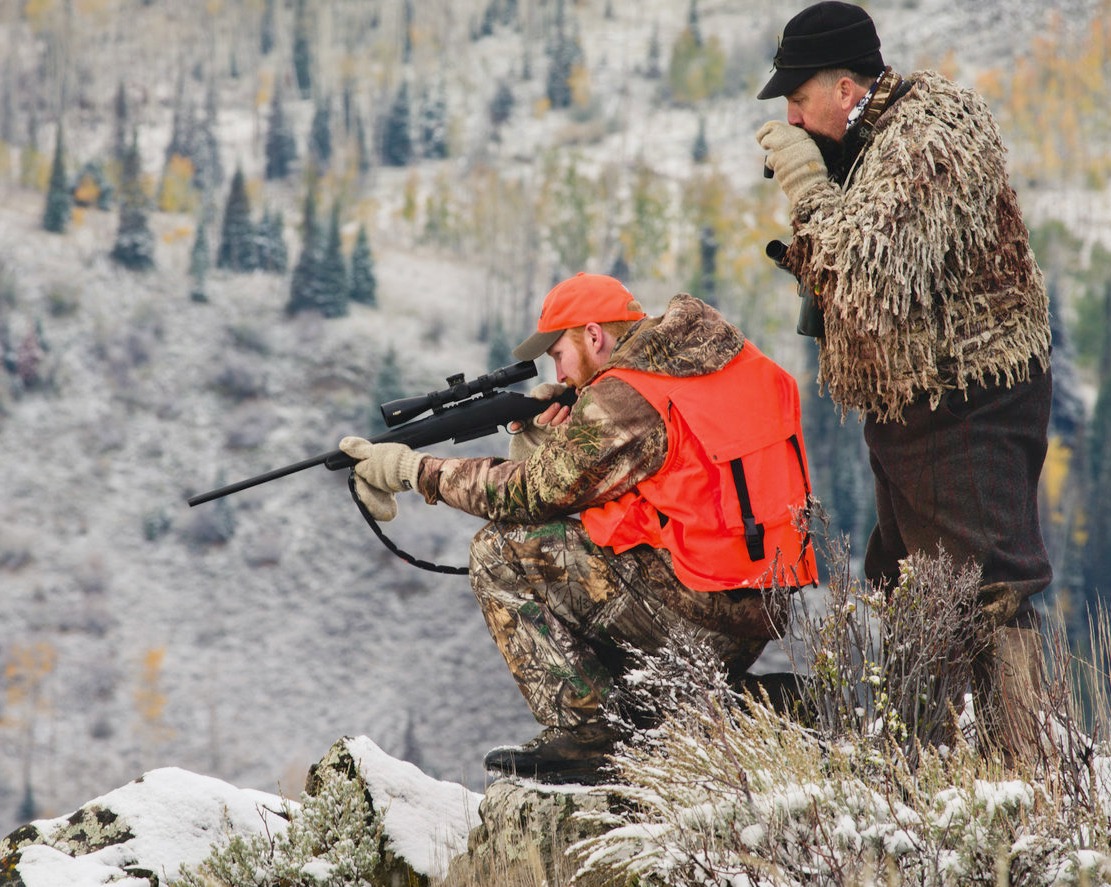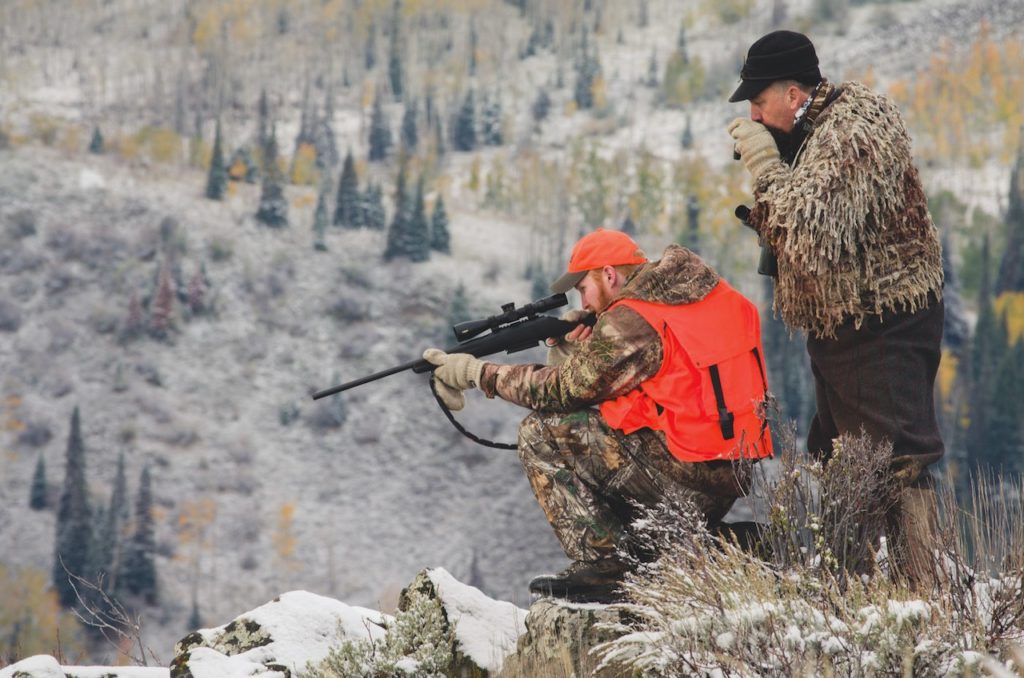Off target
An optics primer on preventing the problem of parallax error
Advertisement
When shooting at extended distances with a riflescope, parallax is a commonly misunderstood optical problem that can affect your ability to shoot accurately. To better understand what parallax is, and how shooters can correct it, I turned to Reg Wales, a technical field advisor at Vortex Canada. He provided me with a copy of Vortex’s Operational Tactical Optics Program, a training course on extreme-range shooting for law enforcement and military personnel.
“Parallax is essentially an optical illusion,” explains the course material. “It presents itself as the apparent movement of the reticle in relation to the target when your eye moves off centre of the sight picture (exit pupil) or, in more extreme cases, it can appear as an out-of-focus image.”
Advertisement
Still unsure of the concept? Extend one arm forward and point your forefinger at a distant target. Holding your finger still, move your head slightly to the side and it will appear as though your finger has moved off the target. In reality, your finger is still pointing at the target, but your line of sight has assumed a different angle, giving you the impression you need to move your finger to realign it with the target. That is essentially what happens when you experience parallax in your riflescope—if you adjust your point of aim in response, you will actually move the crosshairs off your target.
CAUSE AND EFFECT
Parallax occurs when the target image in your scope is not focused precisely on the same plane as the reticle. While riflescopes are generally designed to be free of parallax at 100 to 150 yards, a degree of parallax will occur when you aim at a target that’s farther away or closer than the distance at which your scope is parallax-free.
Advertisement
To check for parallax before you shoot, look through your scope and slightly move your head side to side. If the reticle moves around your target, parallax is present and you may miss your shot if you don’t compensate for it.

Fortunately, many modern riflescopes provide one of two ways to correct for parallax: an adjustable ring on the front objective lens, or an adjustable side turret. Both serve to move an internal lens element, which in turn moves the location of the target image in your scope, allowing you to get it on the same focal plane as your reticle.
The front objective lens system is the oldest, simplest and most economical of the two, so it’s most often found on lower-end riflescopes. It’s acknowledged to be more difficult to adjust when your cheek is welded to the stock, however, because you have to reach your free hand so far forward.
The good news is, both systems are generally effective and reliable. Many include yardage settings representing the distance at which the scope will be parallax-free, but those should be considered as guides only. If you know how far it is to your target, you can set your parallax accordingly for that distance, but be prepared to make further adjustments. Once your target and reticle are crystal-clear and you can move your head slightly without the reticle moving off the target, you’re good to go.
IN THE FIELD: PARALLAX POINTERS
In brief, here’s what hunters using riflescopes should know about parallax before heading afield.
- While parallax is an optical illusion, it can still cause shooters to miss their target. No optics are completely free of the problem.
- When you’re shooting at distances of 250 yards or less, parallax isn’t of much concern.
- If your scope has either an adjustable objective lens or side turret to correct parallax, leave it set at 100 yards (or to your anticipated shooting distance), adjusting only as needed.
- Check for the presence of parallax at every target distance by moving your head slightly, checking to see if the reticle moves around on the target—if it does, parallax is present. Make adjustments until the target is clear and the reticle remains precisely on the target, even when you move your head.
- A well-disciplined shooting form that aligns your eye perfectly with the centerline of your scope helps minimizes the presence of parallax.


